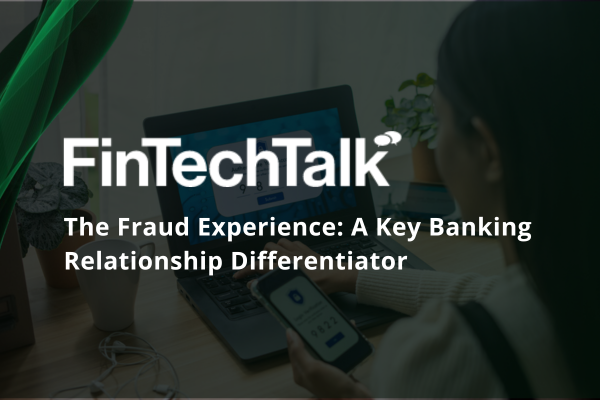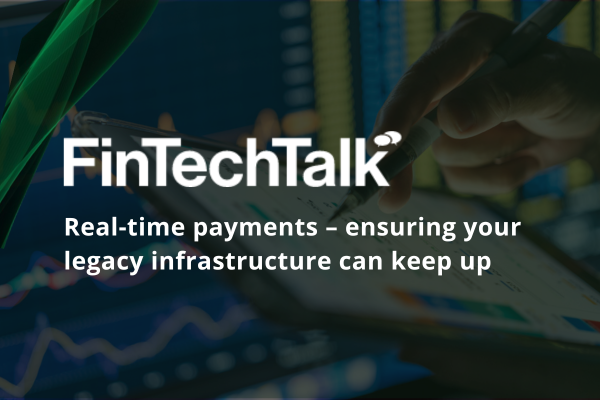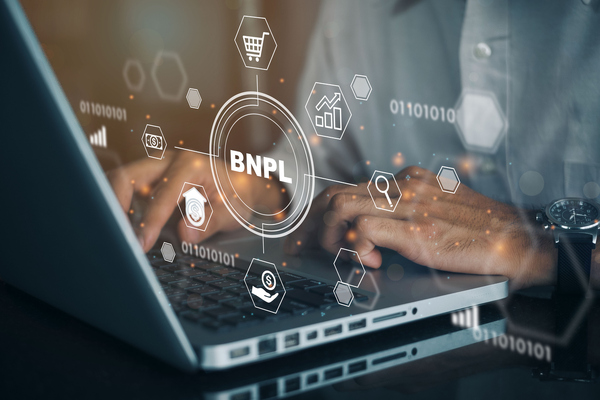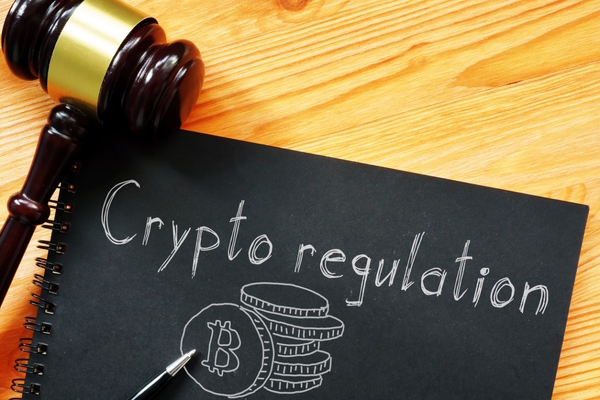5 reasons why banks are best equipped to win at BNPL
Sponsored by AmountTen billion dollars.
According to McKinsey’s Consumer Lending Pools data, that is the annual revenue banks are losing to the ever-expanding roster of fintechs that are capitalising on financial institutions’ inadequate response to increased consumer demand for timely and flexible payment options at the point of sale.
Yet despite the daily headlines, the explosion of buy now, pay later (BNPL) unsecured lending is still in its early innings. And while it certainly appears that fintechs are better positioned to succeed, the fact is that most banks have yet to even get in the game: either they don’t know where to start or they’re underestimating the threat of losing out on a growing value pool of new and younger customers who, according to Juniper Research, are predicted to spend $995 billion via BNPL by 2026 – four times BNPL’s 2021 projected volume.
And this is unfortunate. Because without a BNPL offering, banks may be missing out on the biggest customer acquisition opportunity to date – one that they are inherently equipped to win over the fintechs.
Here are five reasons why:
- Brand equity and consumer trust: The offerings of dominant BNPL providers are still in their infancy and not even a decade old. Compare that to the hundreds of years of existence of highly regulated and compliant financial institutions. No level of advertising spend can make up for generations of brand equity embedded in consumer trust.
- Lower rates: Merchants are typically charged 2 per cent to 8 per cent of the purchase amount by the BNPL fintechs. Some of these providers also charge a flat fee per transaction. Yet because banks, by nature, have a lower cost of capital, they can generate better rates and pass on greater savings to merchants and consumers at scale.
- No conflict of interest: Another challenge for merchants in partnering with the big BNPL providers is the fact that, in most cases, those providers aren’t white-labelled. Thus a conflict of interest looms between merchants and large BNPL providers, both of which are keen to control the ongoing relationship with the end customer. By offering merchants white-labelled capabilities, banks can deliver merchants the value of BNPL while eliminating the conflict over customer relationships.
- Customer loyalty: There’s a misconception that younger generations prefer fintechs. In fact, Generation Z and Millennials still prefer to bank with the trusted institutions of their Boomer parents – they just wish the old guard offered convenient, friction-free payment options that allowed them to shop when, where and how they want. These are the customers banks want to acquire now, while they are early in their careers, thickening their files and seeking a trusted partner in their financial journeys. Not to mention the cost to acquire them is zero when you consider the myriad of cross-selling opportunities (other loans, credit cards, deposit accounts) over the customer lifecycle.
- More consumer protection: Fears of consumer debt accumulation and calls for additional regulatory scrutiny are likely to grow for BNPL players. Following on the heels of Australia’s regulatory response to BNPL last year, the US Consumer Financial Protection Bureau recently opened its own probe of some of the largest BNPL providers, focusing on regulatory arbitrage, debt accumulation and data harvesting. Banks, by nature, are well-equipped to comply with industry regulations, which are imminent in the BNPL space. They are also naturally able to provide more consumer finance management tools to prevent overspending and late fees.
So why aren’t more banks competing in the BNPL space?
For many, the notion of overhauling their existing infrastructure and the lack of technological expertise and resources to bring BNPL to life understandably feels like a huge obstacle. Yet today technological solutions exist that can seamlessly integrate into a bank’s system of record, transforming historically inefficient, inflexible legacy infrastructure into an agile and secure powerhouse for delivering high-value omnichannel solutions. Through strategic partnerships, as such, banks can leapfrog learning curves and technological challenges to bring a broader set of payment options to merchants and their customers quickly, easily and securely.
It’s time that banks not only accept that BNPL is here to stay but actually bring BNPL into play. According to a 2021 study by Amount in conjunction with PYMNTS, BNPL usage more than doubled in 2021 and is projected to jump significantly higher in 2022. Our research also revealed that 70 per cent of current BNPL users are interested in bank-issued BNPL offerings – and more than three-quarters of those that use one of the top three BNPL pureplay providers today are interested in switching to a BNPL product from their bank.
While there are numerous BNPL providers in the market today, there are also numerous gaps within the design of their products and business models that can be uniquely finessed by banking competitors. Today, the only thing holding banks back from competing against the BNPL players is their reluctance to step up to the plate.
To learn more about the unique opportunities for banks to overtake the BNPL competition, download Amount’s consumer research report, Banking on Buy Now, Pay Later.
By Adam Hughes, CEO, Amount

Business Reporter Team
Most Viewed
Winston House, 3rd Floor, Units 306-309, 2-4 Dollis Park, London, N3 1HF
23-29 Hendon Lane, London, N3 1RT
020 8349 4363
© 2025, Lyonsdown Limited. Business Reporter® is a registered trademark of Lyonsdown Ltd. VAT registration number: 830519543





